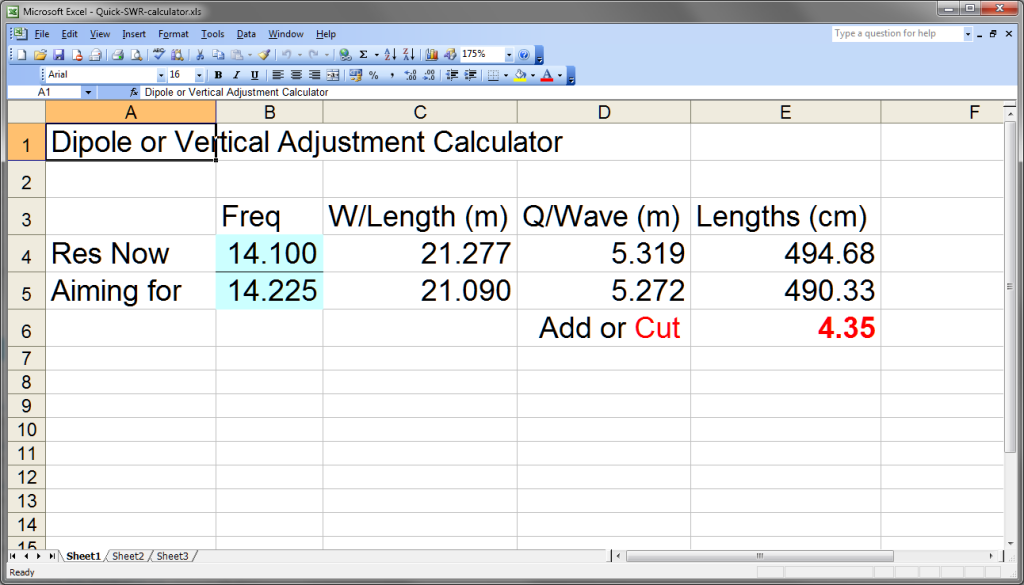 I’m absolutely delighted to report that I was placed 4th overall in the world for IOTA-Fixed station, Unassisted, Low Power, 12-hour section. This was from a holiday home and I installed the antenna inside 1-hour.
I’m absolutely delighted to report that I was placed 4th overall in the world for IOTA-Fixed station, Unassisted, Low Power, 12-hour section. This was from a holiday home and I installed the antenna inside 1-hour.
Results here – but what makes this more remarkable is that I only used the one antenna from 80m through 10m; DX Commander All-Band-Vertical.
For 80m, I confirgured the DX Commander as an Inverted-L, replacing the 30m element. Of interest, 30m was still achievable (albeit with a 4:1 SWR). Although 17m is not a contest band, I did notice some slight interaction with the new 80m element, however SWR was still acceptable without an ATU.
I logged 300 QSOs however I notice after adjudication, that fell to 289. Pretty good, only dropping 11 QSOs. And I was amazed at how effective the 40m element produced such startling results on 15m, effectively as a 5/8th. Even 10m as a 2.5m long, ground mounted quarter-wave was getting in the action with short skip too.
All in all, I’m extremely delighted that I test-proved this antenna from a holiday location in competition with my peers, who were using genuine fixed-station antennas.










